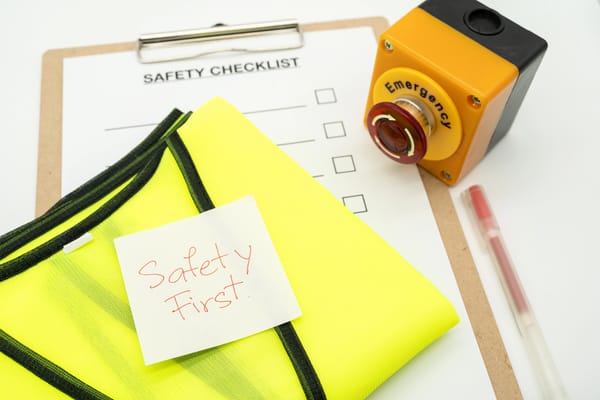Half a million reasons to enforce safety protocols
A telecommunications infrastructure specialist was fined $500,000 for engaging in reckless conduct and forcing workers to be continuously exposed to a known uncontrolled escape of harmful gas (National Infrastructure Solutions Pty Ltd v WorkSafe Victoria [2025]).
Background
National Infrastructure Solutions Pty Ltd was engaged to install conduit for internet cable as part of the construction of two townhouses in Bentleigh East, Victoria. Before commencing excavation, the company contacted Dial Before You Dig (DBYD) to ensure it was aware of any gas assets located on the nature strip. The DBYD report required the company to always perform an onsite inspection for the presence of assets, including potholing to establish the exact location. Importantly, the report noted that if the company damaged an underground asset, it “MUST advise the asset owner immediately”.
Incident
In January 2023, two workers attended the site and completed a job safety assessment checklist. They undertook service location works, but were unable to locate any gas assets electronically or by potholing. They completed additional documentation, including:
- a pre-start meeting record;
- an identify, locate and protect underground assets permit; and
- an excavation permit.
Each of these documents identified an asset strike as a critical risk and included systems of work to perform tasks safely.
Soon after commencing the excavation works, the workers heard a hissing noise and turned off all electronic equipment. It became clear that they had struck an underground gas pipe. This resulted in an uncontrolled release of gas, exposing them to a risk of injury or death due to asphyxiation. The relevant pipe was located underneath a concrete driveway crossover and would not have been accessible by means other than excavation.
The workers immediately contacted their manager to inform him of the incident, who instructed them to continue digging under the driveway to assess the extent of damage. He later instructed the workers to repair the pipe. When the workers expressed concern that they should contact the gas company, the manager explained he wanted to avoid an incident report. Despite clear signs of a gas leak, including the smell and hissing sound, the manager insisted that the workers proceed with the repair.
One of the workers entered the excavated area multiple times, and experienced shortness of breath and dizziness. Despite explaining he could not reach the pipe, the manager continued to insist the workers try to fix it. The worker then entered the excavation head first, lost consciousness, and had to be rescued by his coworker. He was hospitalised with respiratory arrest due to gas inhalation. The worker suffered right subconjunctival hemorrhage in his eye, and right-side chest pain and aching caused by resuscitation efforts after his respiratory arrest. He was diagnosed with acute stress disorder from the incident.
Investigation
WorkSafe Victoria’s investigation identified that the workers were appropriately qualified and had received training in a documented system of work for responding to damaged gas pipes. However, this system of work required the gas company to be notified, works to cease and the areas be evacuated. None of the steps were followed.
Judgment
It was found that the following conduct of the company, particularly the manager, was reckless:
- directing the workers to access the damaged pipe to carry out repairs;
- failing to cease all work activities in the area and immediately contact the owner of the gas pipe; and
- accessing the gas pipe through an excavation.
Furthermore, the company failed to eliminate or reduce risks after the gas pipe was struck, as the company failed to:
- cease the works;
- contact the owner of the gas pipe/asset to stop the uncontrolled release of gas;
- barricade or tape the area to keep pedestrians and vehicles away; or
- evacuate the excavated site.
The company was fined a total of $500,000.
How whistleblower and general protections interact
The Corporations Act 2001 (Cth) provides protections for whistleblowers, which are designed to encourage individuals to report misconduct or improper conduct within regulated entities while safeguarding them from retaliation or detriment ...
From the experts behind the Health & Safety Handbook, the Bulletin brings you the latest work health and safety news, legal updates, case law and practical advice straight to your inbox every week.


